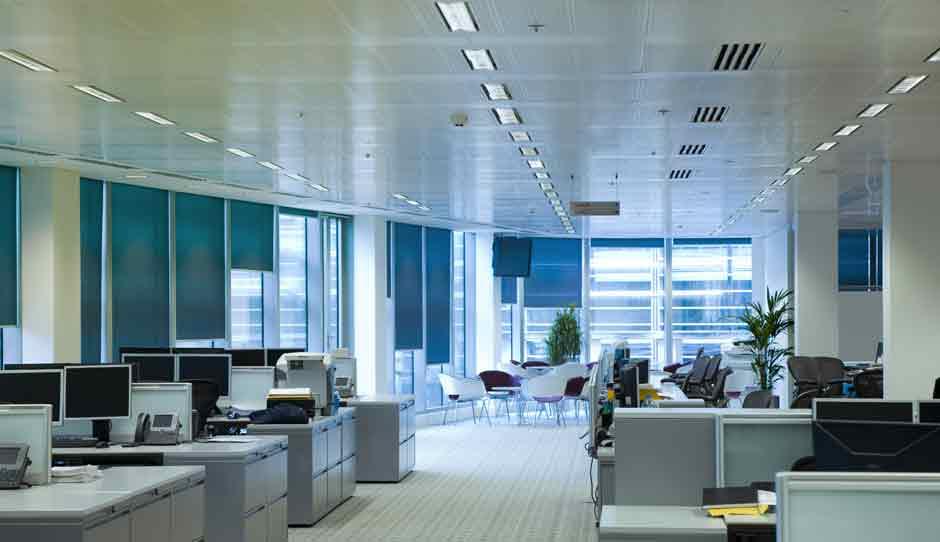The design of an office space plays a significant role in the success of a business. Well-designed office space enhances productivity and efficiency and promotes employee satisfaction and well-being. However, designing an office space is not a simple task, as you must consider various factors when designing your office space. Below are a few considerations you should include when planning your office design to help ensure you do a fantastic job.
Purpose & Goals
The first factor to consider when designing an office space is the purpose and goals of the business. Every business has different needs and requirements; you should develop the office space to meet those needs. For example, a creative agency will require a different office space design than a law firm or one in the technology sector. Therefore, it is important to consider the purpose and goals of the business to ensure that the office space design aligns with the organisation’s needs.
The Layout & Design
The layout and design of the office space are important factors to consider. The floor plan should promote efficiency and productivity, and the design should be welcoming and comfortable for employees. For instance, if employees need to communicate with each other frequently, an open-plan layout can be effective. On the other hand, if employees require more privacy, a cubicle or closed-door configuration may be more appropriate.
The Office Acoustics
Noise is a common problem in many office spaces, and it can significantly distract employees, so you must pay attention to the acoustics of your office design. It is important to design the office space to reduce noise levels, and you can install soundproofing to minimise external noise and use carpets or rugs to absorb sound on the floor. You can also install a ceiling with an acoustic suspended ceiling tile to effectively help you control noise levels.
The Office Lighting
Lighting plays a crucial role in the design of office space, and natural light is preferred as it helps to create a more comfortable and inviting workspace. However, if natural light is not viable, you must carefully select appropriate artificial lighting to ensure it is not too harsh or dim. Poor lighting can lead to eye strain, headaches, and other health issues, impacting productivity. Energy-efficient LED lighting is an excellent choice for your office space that is effective and cheaper to run than traditional lighting options.
Technology In The Office
In today’s digital age, technology plays a vital role in the success of a business. You should design the office space to accommodate the organisation’s technology needs, such as planning where you need electrical sockets, data sockets, and other connections. You must also ensure that you have plenty of room for the electrical equipment your office will need and ensure everything is wired up without any unsightly cables showing.
Office Furniture & Equipment
The furniture and equipment used in the office space should be ergonomic and comfortable. Employees spend a significant amount of time sitting at their desks, and uncomfortable chairs and desks can lead to health problems such as back pain and repetitive strain injuries. Investing in quality furniture and equipment designed to promote good posture and reduce the risk of injuries is important and can help reduce absenteeism.


